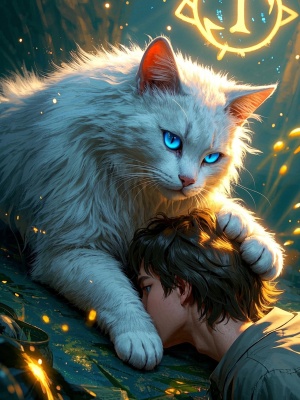The Art of Oil Painting: Capturing the Essence of Dogs
Introduction
Oil painting has long been a cherished medium for artists to immortalize their subjects, and dogs have been a popular choice for centuries. The rich textures and vibrant colors of oil paints make them ideal for capturing the unique personality and physicality of man's best friend. Whether you're a professional artist or an enthusiast looking to create a pet portrait, understanding the nuances of oil painting can elevate your work to new heights.
The Unique Challenges of Painting Dogs in Oil
Capturing Fur Texture
One of the most challenging aspects of oil painting of a dog is rendering the fur realistically. Unlike human hair, dog fur varies greatly in texture, length, and density across different breeds. The solution lies in using varied brush techniques:

- Use stiff bristle brushes for short, coarse fur
- Employ softer brushes for long, flowing hair
- Create depth by layering colors from dark to light
Conveying Personality
Dogs express emotions differently than humans, making it crucial to study canine body language. The tilt of the head, position of the ears, and expression in the eyes can all convey distinct emotions. Many artists find that creating quick sketches before starting the oil painting helps capture these subtle nuances.
Technical Considerations for Dog Oil Paintings
Color Mixing for Realistic Coats
Dog coats are rarely a single flat color. Even black labs have variations of blue, brown, and gray in their fur. When mixing colors for your oil painting of a dog:
- Start with the base color
- Add small amounts of complementary colors for depth
- Mix highlights separately rather than just adding white
Composition and Background
The background should complement but not compete with your subject. Many artists choose to:
- Use muted tones to make the dog stand out
- Incorporate elements from the dog's environment
- Create abstract backgrounds that suggest movement
Historical Significance of Dog Portraits
Dog oil paintings have a rich history, dating back to ancient times when they were often included in hunting scenes. During the Renaissance, dogs began appearing as subjects in their own right. Notable examples include:
- Edwin Landseer's dramatic dog portraits
- George Stubbs' anatomical studies of dogs
- Modern interpretations like those found in our gallery
Contemporary Approaches to Dog Oil Painting
Today's artists combine traditional techniques with modern tools. Some use AI-assisted methods to plan compositions, while others stick strictly to classical approaches. The key is finding a balance that honors the subject while expressing your artistic vision.
Conclusion
Creating an oil painting of a dog is both challenging and rewarding. By mastering fur textures, understanding canine anatomy, and developing your color mixing skills, you can create portraits that truly capture the spirit of these beloved animals. Whether you're working from life or photographs, remember that each dog has a unique personality that deserves to shine through in your artwork.
For those interested in exploring this art form further, consider studying works by master painters or visiting our blog for more artistic inspiration and techniques.
